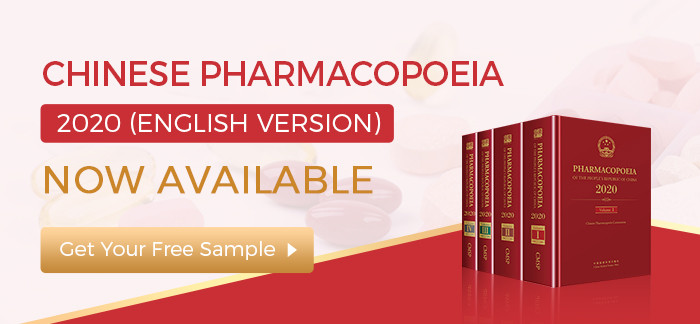Proya: A Company Perspective on Ingredient Management under China’s New Cosmetic Regulations
On Dec 8, 2020, speaking at the CRAC-HCF 2020 Virtual Forum by REACH24H, Mr. Ligang Jiang, the Chief R&D Officer from Proya Cosmetics Co., Ltd, analyzed how cosmetic enterprises should manage ingredients under the Cosmetic Supervision and Administration Regulation (CSAR) [1]. During the speech, Mr. Jiang summarized the key provisions related to ingredients in CSAR and its subsidiary regulations and their impact, hotly discussed issues in the industry, and his thoughts and recommendations on ingredient management from the enterprise perspective.
NMPA Supervision Scope Extends to Ingredient Manufacturer – Introduction of Ingredient Submission Code
According to Mr. Jiang, a considerable improvement of the CSAR is that the NMPA has extended the supervision scope to the cosmetic ingredient manufacturers. Instructions for Cosmetic Registration and Notification Dossiers stipulated that when notifying or registering cosmetics, the ingredient sources, quality specifications, quality and safety documents, etc., should be submitted. But the ingredient quality and safety documents are so many that the uploading of each registrant and notifier will cause great waste of social resources.
To solve these problems, the NMPA came up with a method of ingredient submission code. Ingredient manufacturers are encouraged to submit ingredient quality and safety documents on the NMPA designated website. The ingredient submission code will be automatically generated after submission. The cosmetics registrants and notifiers can choose the ingredient submission codes when filling in the formula information during registration or notification.
The ingredient submission code brings considerable advantages. It will:
- Encourage ingredient manufacturers to conduct sufficient research on ingredients before submitting quality and safety documents;
- Eliminate the need for registrants and notifiers to spend a lot of time preparing and submitting quality and safety documents every time registering or notifying product;
- Reduce the difficulty for small and micro enterprises to obtain quality and safety documents from ingredient manufacturers;
- More convenient risk assessment of cosmetics, because the lack of basic data on ingredients is currently the biggest challenge in product risk assessment;
- Facilitate ingredient traceability. If there is any problem with the ingredients, the NMPA only needs to retrospectively review the ingredients in the database to know which products on the market use such ingredients which helps with vigilance.
For convenience and safety, in the future, enterprises will prefer to use ingredients with submission code. Ingredient manufacturers that are unwilling to apply for a submission code will gradually be phased out or outright eliminated [2].
Read more about key provisions related to ingredients in CSAR and its subsidiary regulations and their impact.
*The materials (video and PPT) of the presentation are available now. You can click here to register for CRAC-HCF Forum and then go to the Live Conference Hall’s download section to get them if there is a need.
Reference Links
[1] CRAC-HCF 2020CRAC-HCF 2020
[2] Mr. Ligang Jiang: My Thoughts on the Ingredient Management of Cosmetics Enterprises




